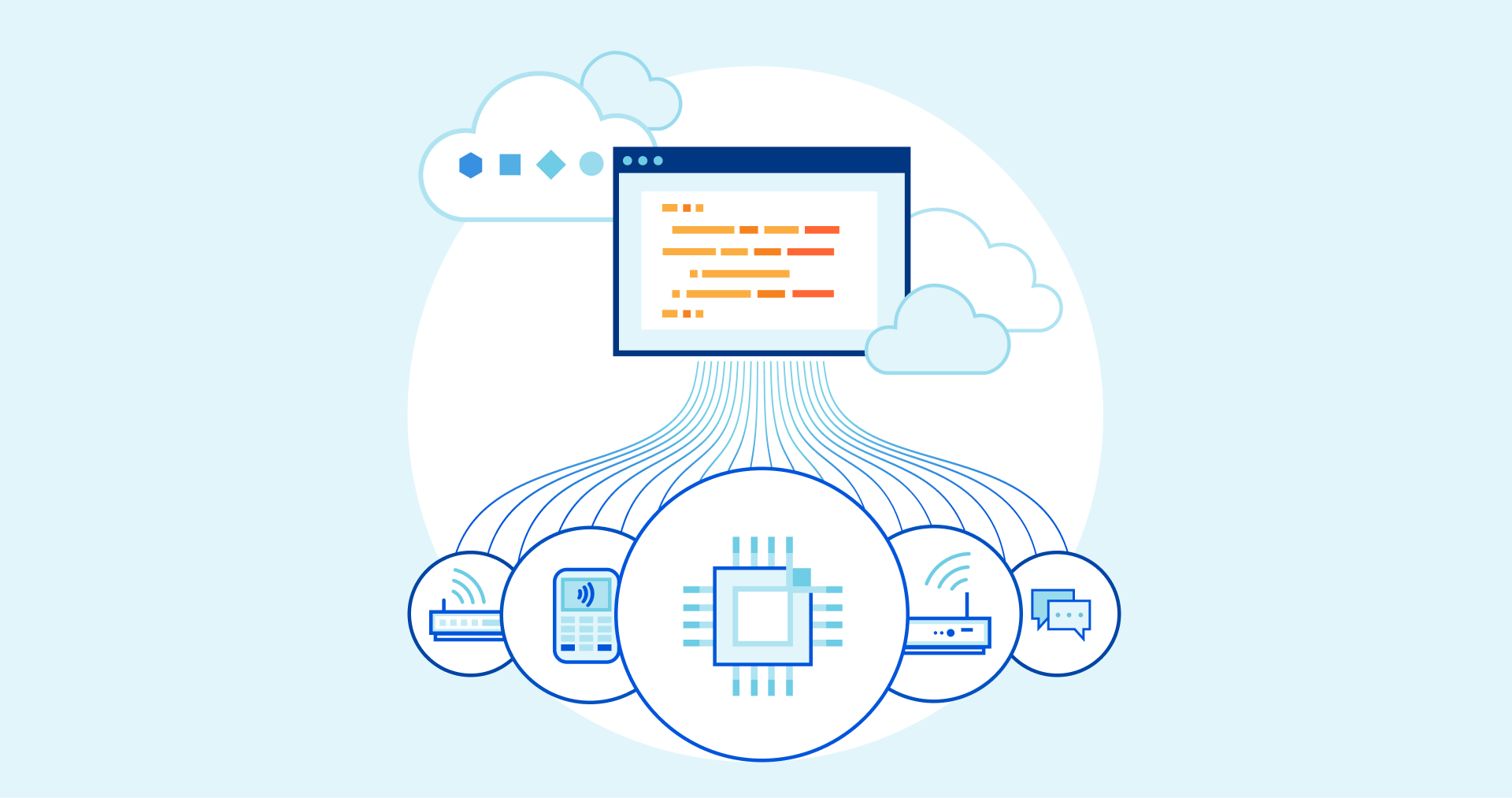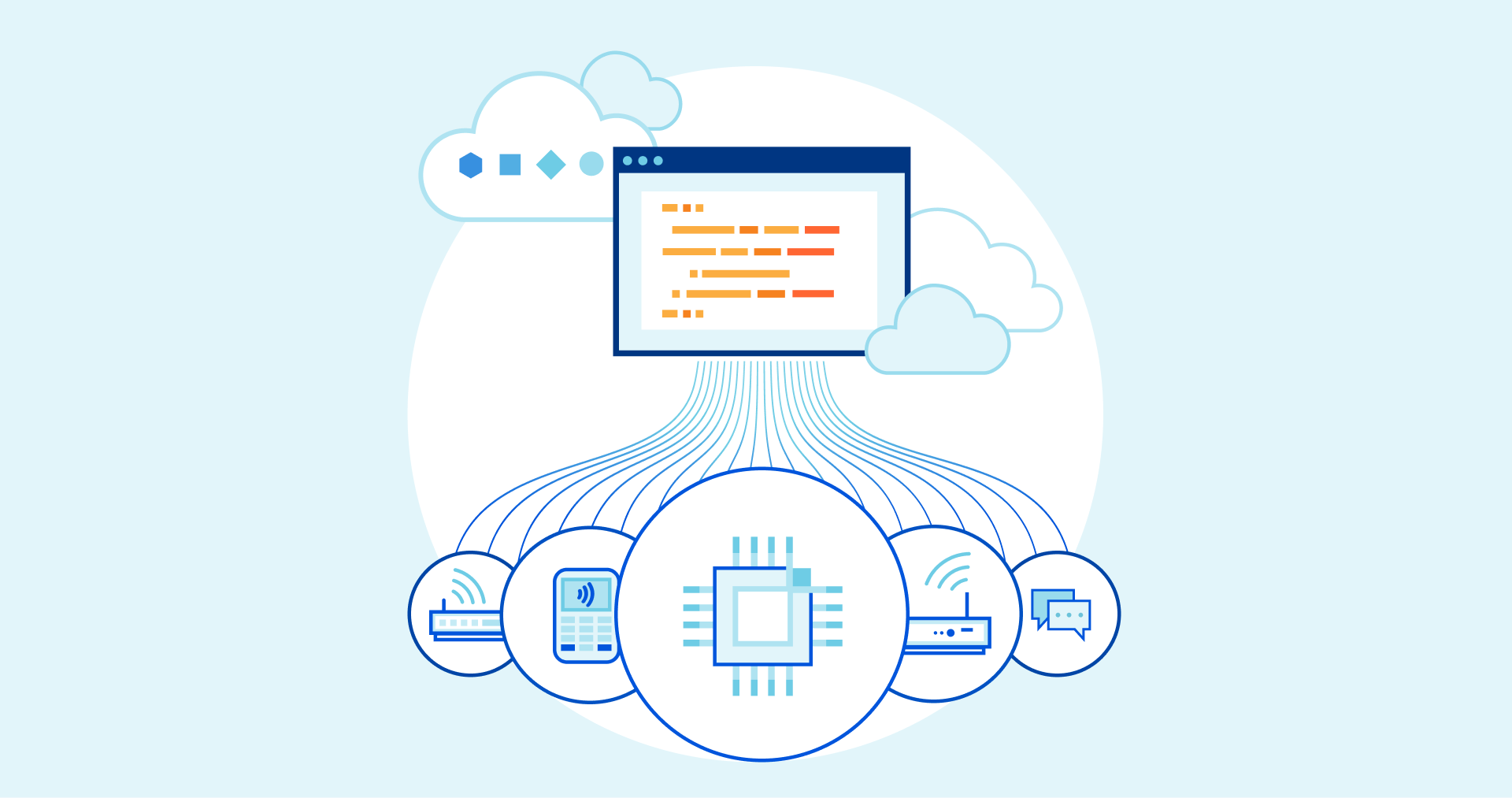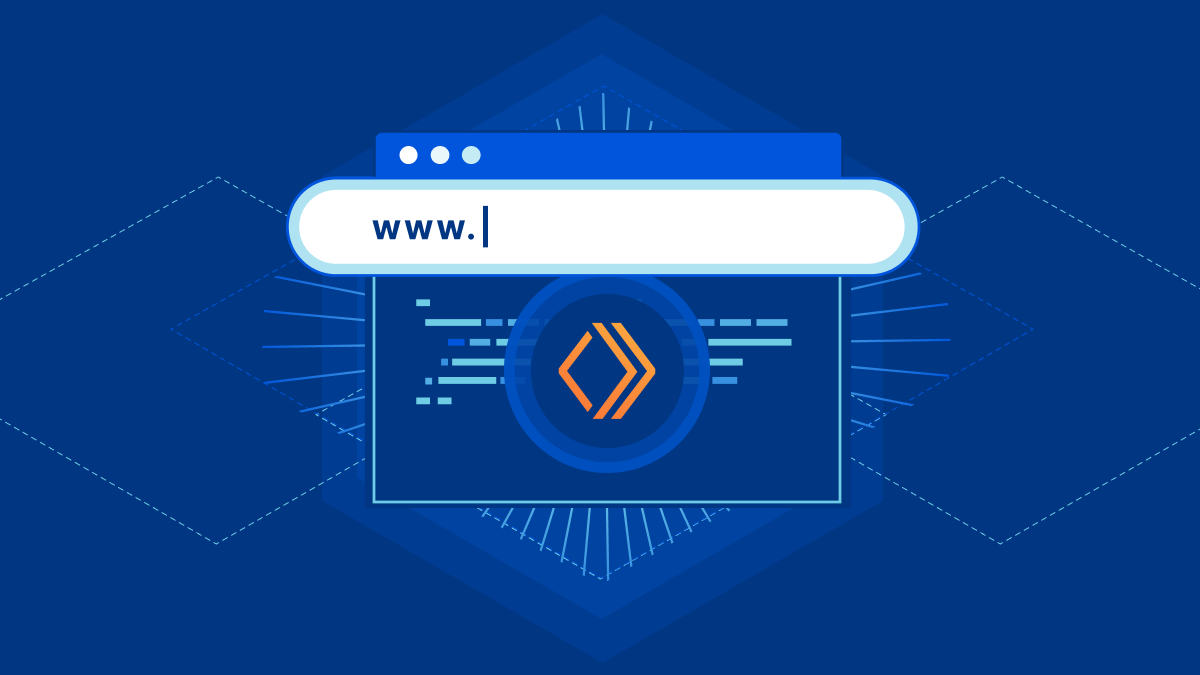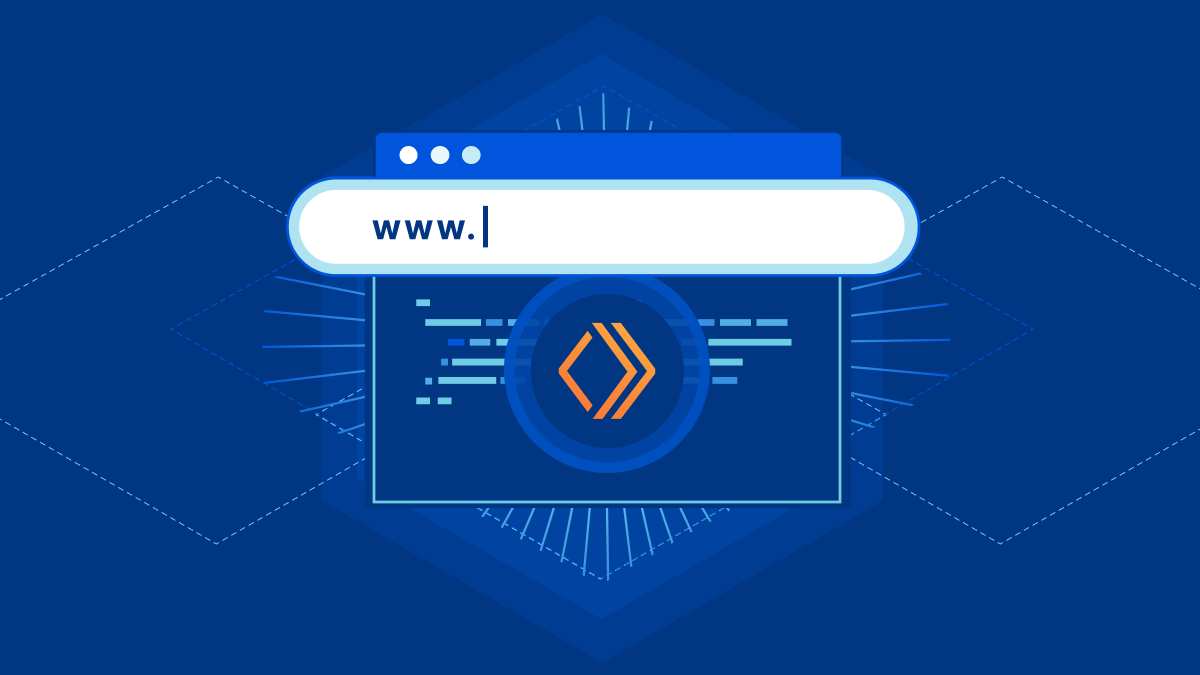Cloudflare Stream simplifies creator management for creator platforms


Creator platforms across the world use Cloudflare Stream to rapidly build video experiences into their apps. These platforms serve a diverse range of creators, enabling them to share their passion with their beloved audience. While working with creator platforms, we learned that many Stream customers track video usage on a per-creator basis in order to answer critical questions such as:
- “Who are our fastest growing creators?”
- “How much do we charge or pay creators each month?”
- “What can we do more of in order to serve our creators?”
Introducing the Creator Property
Creator platforms enable artists, teachers and hobbyists to express themselves through various media, including video. We built Cloudflare Stream for these platforms, enabling them to rapidly build video use cases without needing to build and maintain a video pipeline at scale.
At its heart, every creator platform must manage ownership of user-generated content. When a video is uploaded to Stream, Stream returns a video ID. Platforms using Stream have traditionally had to maintain their own index to track content ownership. For example, when a user with internal user ID 83721759 uploads a video to Stream with video ID 06aadc28eb1897702d41b4841b85f322, the platform must maintain a Continue reading
Cisco Live 2022

Cisco Live US 2022 will be June 12-16 in Las Vegas. After two years of virtual conferences and being vaccinated three times against Covid-19, I’m more than motivated to go in person! However, for those who are still hesitating, there is also an online version, over two days, probably in a similar format to 2021. I am really looking forward to it and being able to talk and interact with my former colleagues, friends, and peers again. This is probably the best part about attending a conference in person: meeting…
The post Cisco Live 2022 appeared first on AboutNetworks.net.
Video: Network Address Assignments
The last part of Network Addressing section of How Networks Really Work webinar covered other addressing-related topics starting with address assignment mechanisms.
Video: Network Address Assignments
The last part of the Network Addressing section of How Networks Really Work webinar covered other addressing-related topics starting with address assignment mechanisms.
Apple, Google, Microsoft Move Closer to a Password-free Future
Tired of remembering multiple words you created six months ago with at least 8 characters, one capital letter, one number, and a special character? The move toward passwordless authentication is getting closer.Don’t Sweat the Small Stuff! Why You Should Change to a Natural Deodorant
Many of us have been using the same deodorant for years, but have you ever stopped to think about what’s actually in it? Antiperspirants contain aluminum, which has been linked to breast cancer and Alzheimer’s disease. They also often contain parabens, which are known endocrine disruptors. So what’s a person to do? Switch to a natural deodorant!
The dangers of traditional deodorants
There are a lot of chemicals in traditional deodorants and antiperspirants that can be harmful to your health. Aluminum is the main active ingredient in most antiperspirants. It works by plugging up your sweat glands so that you don’t sweat as much. aluminum has been linked to breast cancer and Alzheimer’s disease.
Parabens are another ingredient to watch out for. They’re used as a preservative in many cosmetics and personal care products. But they’re also known endocrine disruptors, which means they can interfere with your hormones.
The benefits of natural deodorants
So, if traditional deodorants are so dangerous, what’s the alternative? Weleda Body Care has a great natural deodorant called Wild Rose Deodorant. It’s made with ingredients like rose oil and alcohol that help to kill bacteria and keep you smelling fresh all day long.
Not only is Continue reading
How Cell Service Actually Works – YouTube
 Brilliant explanation of data encoding and cell services
Brilliant explanation of data encoding and cell services
Announcing Pub/Sub: Programmable MQTT-based Messaging


One of the underlying questions that drives Platform Week is “how do we enable developers to build full stack applications on Cloudflare?”. With Workers as a serverless environment for easily deploying distributed-by-default applications, KV and Durable Objects for caching and coordination, and R2 as our zero-egress cost object store, we’ve continued to discuss what else we need to build to help developers both build new apps and/or bring existing ones over to Cloudflare’s Developer Platform.
With that in mind, we’re excited to announce the private beta of Cloudflare Pub/Sub, a programmable message bus built on the ubiquitous and industry-standard MQTT protocol supported by tens of millions of existing devices today.
In a nutshell, Pub/Sub allows you to:
- Publish event, telemetry or sensor data from any MQTT capable client (and in the future, other client-facing protocols)
- Write code that can filter, aggregate and/or modify messages as they’re published to the broker using Cloudflare Workers, and before they’re distributed to subscribers, without the need to ferry messages to a single “cloud region”
- Push events from applications in other clouds, or from on-prem, with Pub/Sub acting as a programmable event router or a hook into persistent data storage (such as R2 or Continue reading
How we built config staging and versioning with HTTP applications


Last December, we announced a closed beta of a new product, HTTP Applications, giving customers the ability to better control their L7 Cloudflare configuration with versioning and staging capabilities. Today, we are expanding this beta to all enterprise customers who want to participate. In this post, I will talk about some of the improvements that have landed and go into more detail about how this product works.
HTTP Applications
A quick recap of what HTTP Applications are and what they can do. For a deeper dive on how to use them see the previous blog post.
As previously mentioned: HTTP Applications are a way to manage configuration by use case, rather than by hostname. Each HTTP Application has a purpose, whether that is handling the configuration of your marketing website or an internal application. Each HTTP Application consists of a set of versions where each represents a snapshot of settings for managing traffic — Page Rules, Firewall Rules, cache settings, etc. Each version of configuration inside the HTTP Application is independent of the others, and when a new version is created, it is initialized as a copy of the version that preceded it.
An HTTP Application can be represented with Continue reading
Introducing Custom Domains for Workers


Today, we’re happy to announce Custom Domains for Workers. Custom Domains allow you to hook up a domain to your Worker, without having to fuss about certificates, origin servers or DNS – it just works. Let’s take a look at how we built Custom Domains and how you can use them.
The magic of Cloudflare DNS
Under the hood, we’re leveraging Cloudflare DNS to register your Worker as the origin for your domain. All you need to do is head to your Worker, go to the Triggers tab, and click Add Custom Domain. Cloudflare will handle creating the DNS record and issuing a certificate on your behalf. In seconds, your domain will point to your Worker, and all you need to worry about is writing your code. We’ll also help guide you through the process of creating these new records and replace any existing ones. We built this with a straightforward ethos in mind: we should be clear and transparent about actions we’re taking, and make it easy to understand.
We’ve made a few welcome changes when you’re using a Custom Domain on your Worker. First off, when you send a request to any path on that Custom Domain, your Continue reading
Introducing Pages Plugins


Last November, we announced that Pages is now a full-stack development platform with our open beta integration with Cloudflare Workers. Using file-based routing, you can drop your Pages Functions into a /functions folder and deploy them alongside your static assets to add dynamic functionality to your site. However, throughout this beta period, we observed the types of projects users have been building, noticed some common patterns, and identified ways to make these users more efficient.
There are certain functionalities that are shared between projects; for example, validating authorization headers, creating an API server, reporting errors, and integrating with third-party vendors to track aspects like performance. The frequent need for these patterns across projects made us wonder, “What if we could provide the ready-made code for developers to add to their existing project?”
Introducing Pages Plugins!
What’s a Pages Plugin?
With Pages Functions, we introduced file-based routing, so users could avoid writing their own routing logic, significantly reducing the amount of boilerplate code a typical application requires. Pages Plugins aims to offer a similar experience!
A Pages Plugin is a reusable – and customizable – chunk of runtime code that can be incorporated anywhere within your Pages application. A Continue reading
Our growing Developer Platform partner ecosystem


Deploying an application to the cloud requires a robust network, ample storage, and compute power. But that only covers the architecture, it doesn’t include all the other tools and services necessary to build, deploy, and support your applications. It’s easy to get bogged down in researching whether everything you want to use works together, and that takes time away from actually developing and building.
Cloudflare is focused on building a modern cloud with a developer-first experience. That developer experience includes creating an ecosystem filled with the tools and services developers need.
Deciding to build an application starts with the planning and design elements. What programming languages, frameworks, or runtimes will be used? The answer to that question can influence the architecture and hosting decisions. Choosing a runtime may lock you into using specific vendors. Our goal is to provide flexibility and eliminate the friction involved when wanting to migrate on to (or off) Cloudflare.
You can’t forget the tools necessary for configuration and interoperability. This can include areas such as authentication and infrastructure management. You have multiple pieces of your application that need to talk with one another to ensure a secure and seamless experience. We support and build standards Continue reading
Magic NAT: everywhere, unbounded, and lower cost


Network Address Translation (NAT) is one of the most common and versatile network functions, used by everything from your home router to the largest ISPs. Today, we’re delighted to introduce a new approach to NAT that solves the problems of traditional hardware and virtual solutions. Magic NAT is free from capacity constraints, available everywhere through our global Anycast architecture, and operates across any network (physical or cloud). For Internet connectivity providers, Magic NAT for Carriers operates across high volumes of traffic, removing the complexity and cost associated with NATing thousands or millions of connections.
What does NAT do?
The main function of NAT is in its name: NAT is responsible for translating the network address in the header of an IP packet from one address to another - for example, translating the private IP 192.168.0.1 to the publicly routable IP 192.0.2.1. Organizations use NAT to grant Internet connectivity from private networks, enable routing within private networks with overlapping IP space, and preserve limited IP resources by mapping thousands of connections to a single IP. These use cases are typically accomplished with a hardware appliance within a physical network or a managed service delivered by Continue reading
Introducing Workers Analytics Engine


Today we’re excited to introduce Workers Analytics Engine, a new way to get telemetry about anything using Cloudflare Workers. Workers Analytics Engine provides time series analytics built for the serverless era.
Workers Analytics Engine uses the same technology that powers Cloudflare’s analytics for millions of customers, who generate 10s of millions of events per second. This unique architecture provides significant benefits over traditional metrics systems – and even enables our customers to build analytics for their customers.
Why use Workers Analytics Engine
Workers Analytics Engine can be used to get telemetry about just about anything.
Our initial motivation for building Workers Analytics Engine was to help internal teams at Cloudflare better understand what’s happening in their Workers. For example, one early internal customer is our R2 storage product. The R2 team is using the Analytics Engine to measure how many reads and writes happen in R2, how many users make these requests, how many bytes are transferred, how long the operations take, and so forth.
After seeing quick adoption from internal teams at Cloudflare, we realized that many customers could benefit from using this product.
For example, Workers Analytics Engine can also be used to build custom security rules. You Continue reading